
Mic Reviews
I’ve been in search of a new microphone for the purposes of recording my guitar. I had been using a Rode NT1-A but felt that it might be interesting to try a few others. So, I got in touch with Parsons Audio, my local audio guys. After some helpful conversation Chris, my man at Parsons, set me up with microphones from four different companies.
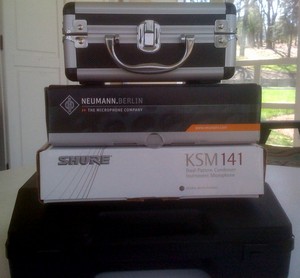
There they all are, stacked on my table. Here they are up close; a Charter Oak M900, Neumann KM184, Shure KSM141 and a Beyerdynamic MC 930.
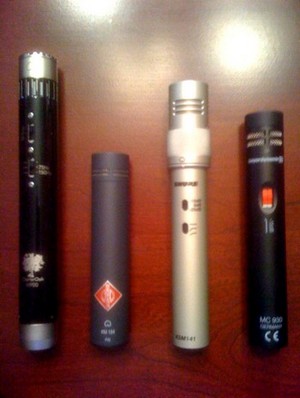
Before I go much further, I should mention what I’m recording and some of the equipment that I’m using to make the recordings. First, I’m playing a Lowden O25 with a cedar top and rosewood back/sides. I’m also playing on a set of John Pearse Slack Key strings, which I’ve tuned to DADGAD.
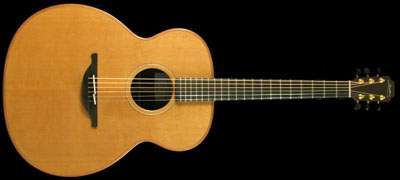
In addition, I am running my mic through a PreSonus FireBox and into a PC. Now, before I get flack, I know what you’re thinking, all those nice mics running through a less-than-optimal pre amps. Well, yeah. It’s what I got, and I imagine that most everyone’s road to audio nirvana passes over a few bumpy roads. Having said that, the firebox has served me very well and I have thoroughly enjoyed that road.
So, onto the mics. First a brief description of what I found in the case.
First up, the Charter Oak M900. The case, while attractive and functional, seemed a bit weak in places, such as the handle.
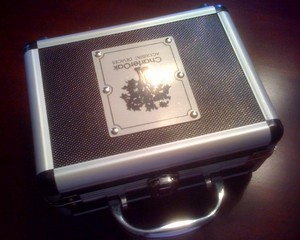
When I opened the case I found a rugged looking mic with two switches. One for bass roll offs at 150Hz and 75Hz. Another for a -10dB and -20dB pad. In addition there were capsules for cardioid, omni and hyper-cardioid. Lastly there was a nice shock mount for the mic.
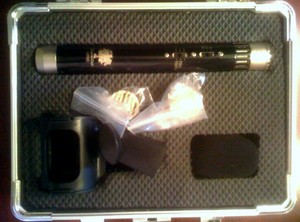
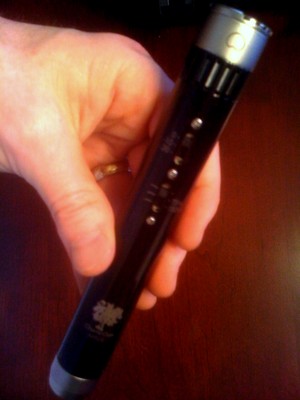
Next up, the Shure KSM 141. The case on the Shure is obviously not as flashy as the Charter Oak, but it still served its purpose.
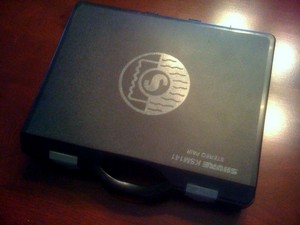
Inside the case were a couple of funky looking mics. One cool part of their funkyness was that with a twist of the capsule, you can change it from a cardioid pattern to an omni pattern. Neat. These mics also have a three position bass roll off switch as well as a -15dB and -25dB pad. Lastly, there were the typical mic holders.
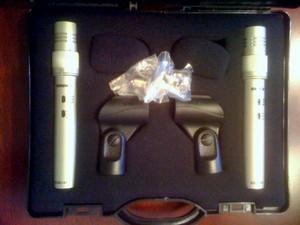
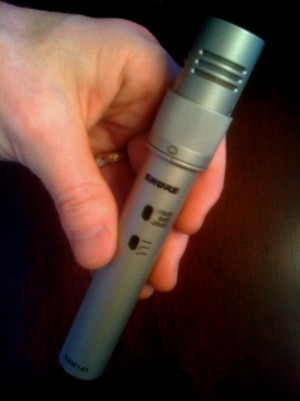
The Beyer mics came in a plastic case as well. Once inside the case I found a shock mount similar to that of the Charter Oak mics, but a bit bulkier. The mics also had a two position switch for both bass roll off and a -15dB pad.
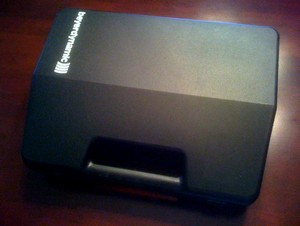
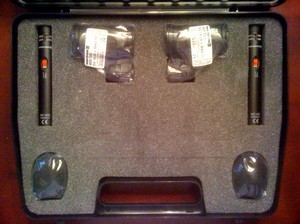
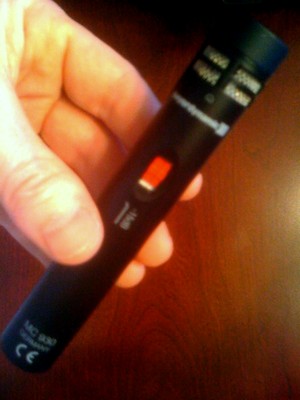
Finally, the Neumann KM184’s. First, the case. The Neumann’s come in an attractive case, which does make them feel a bit special. Inside the case the mics are found with a cleaner and simpler design than the others. They also do not include any switches for roll offs or pads. Also, if your looking for a different pattern you have to pick up the 183’s or the 185’s. The mics also have a very sturdy and compact feel to them.
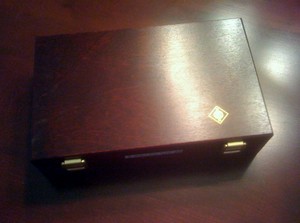
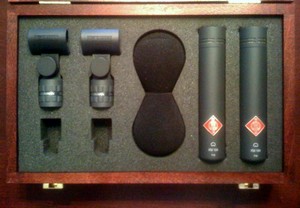
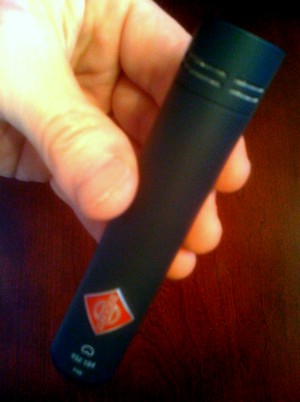
I tested these mics, as well as my Rode NT1-A mic in the following manner: First I set up a single mic at ten inches away from the 12th fret of the guitar. I then proceeded to play a few short pieces. I varied capo positions as well as style. I repeated this process for each mic as carefully as I could.
My first reaction was that all four of the mics were noticeably better sounding than the Rode. I always felt the Rode had an artificial sound on the mid ranges of my guitar, which was not the case with the other mics. My other observations were that the Charter Oak seemed to have places in the frequency range that were slightly hyped and others that were not. The Shure felt more even but sort of thin and not a lot of character. The Beyerdynamic had the most bass response of any of the mics, which has garnered a lot of praise from others. At first I was impressed, but the more I listened, the more I felt it might be too much for my instrument. The cedar topped Lowden is a warm, full bassed sounding guitar to begin with. The Neumann’s seemed very even, maybe a bit light on the bass response, but overall a very consistent sound throughout the entire frequency range. At first I thought the Neumann’s and the Shure sounded similar, but then came to the conclusion that the Neumann’s seemed to capture more of the nuances of the strings and I ultimately felt they were more well rounded with a nice character. These are just my impressions.
I should note that I also did not really have too much time to try different mic placements, which might have compensated for some of the above mentioned characteristics.
After this first test, I narrowed my choice down to the Neumann’s and the Beyerdynamics.
Next I decided to try them in a mix that I have been working on, which includes a bouzouki, bass, hurdy gurdy and a bodhran. As I suspected, the Beyerdynamic was a bit too bassy without EQ, whereas the Neumann seemed to fit easier into the mix.
Lastly, before I had to return all the mics to Parsons, I decided to try setting up they pair of Neumann for a stereo recording. I had not really planned on buying two mics, so this was sort of a last minute experiment. I shouldn’t have conducted that last experiment, because the results were so impressive to me that I ended up buying the set of Neumann’s. To me they were the mics, without getting real technical, that were able to best reproduce how my guitar really sounds, which none of the others were really able to do.
So, there you have it. I’m the proud owner of two Neumann KM184’s. Along with this post I’ve included one set of my audio tests. Each recording was essentially left as is. In other words, I did not add any EQ, compression or reverb. I did, however, adjust the volume slightly on the tracks so that they would be close to even in terms of loudness, so as to not be swayed by the louder track. Also, I labeled each recording with a nondescript label so that you can do your own blind taste test, so to speak. If you download the files you can get the mic name from the properties of the mp3. Also, I will post which mics go with which files in a couple of days.
I would love to hear what others think as they listen to these samples.